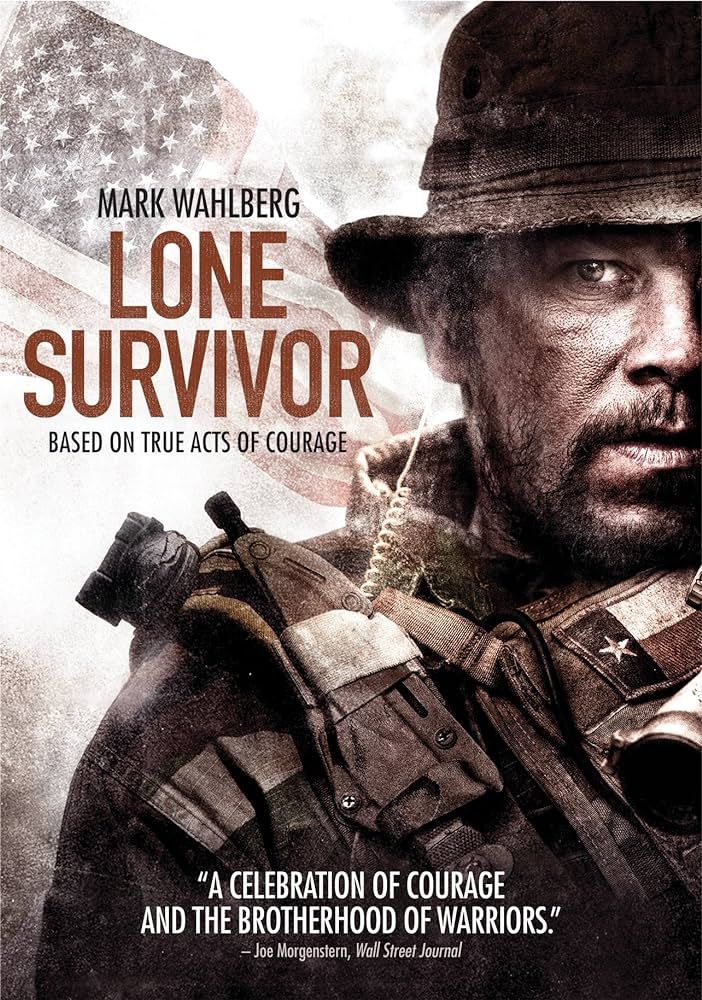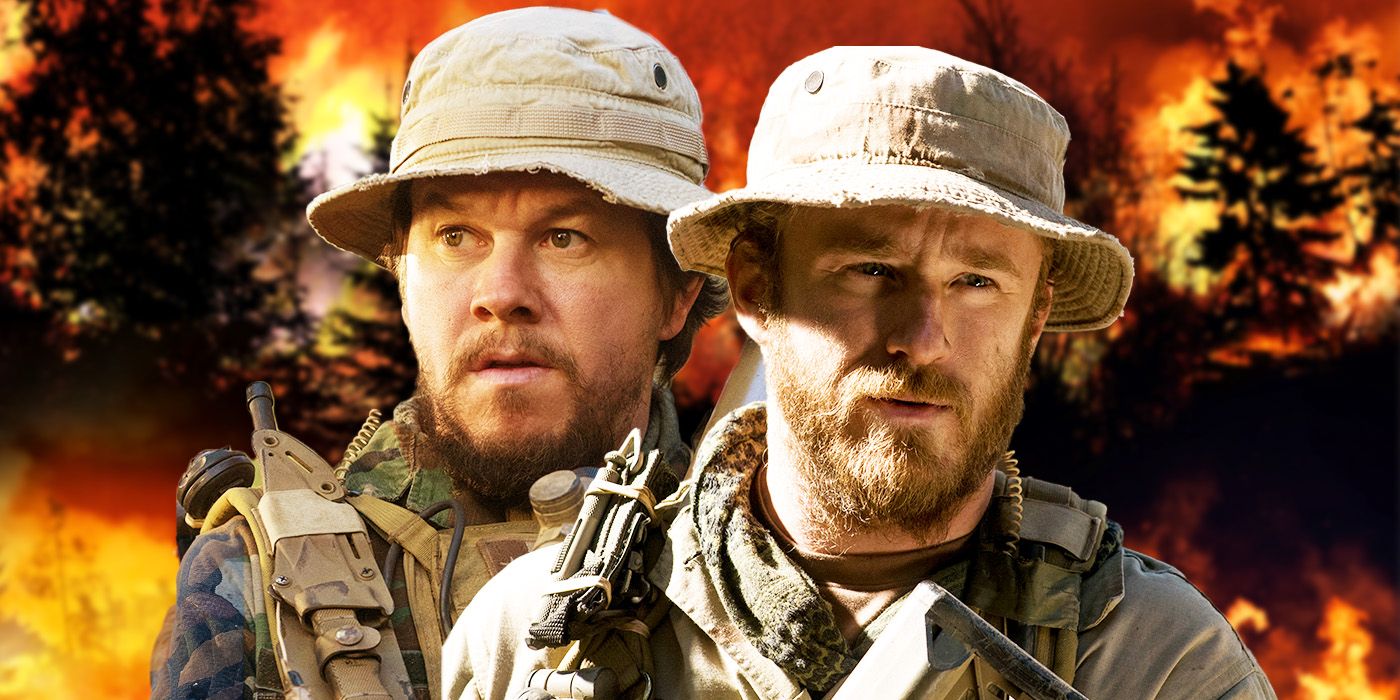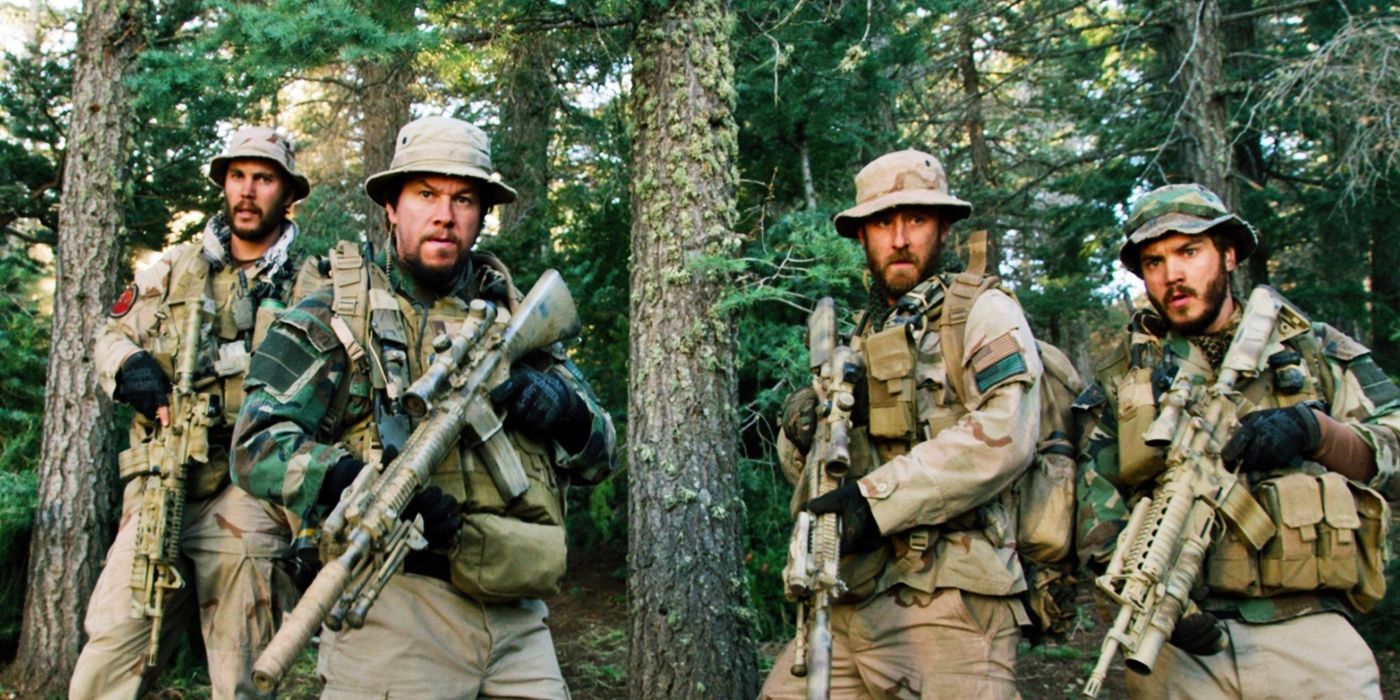The Big Picture
- In June 2005, four Navy SEALs embarked on a mission to apprehend or eliminate a Taliban operative but were compromised and engaged in a fierce firefight with dozens of enemy fighters.
- Marcus Luttrell, the lone survivor of the operation, was saved by a group of Pashtun herders who adhered to tribal honor codes despite constant threats from the Taliban.
- After the events of Lone Survivor, Luttrell has faced physical and psychological recovery, receiving awards for his bravery and raising awareness about combat and PTSD.
In the early hours of June 28, 2005, four Navy SEALs covertly deployed into a rural mountainous region of Afghanistan's Kunar Province. Participating in an elite military operation known as "Red Wings," they were tasked with apprehending or eliminating Ahmad Shah, a high-level Taliban operative responsible for the deaths of American marines. Hours into their mission, however, the men were compromised and forced to make a difficult decision that ultimately led to a fierce firefight with dozens of enemy fighters.
Eight years later saw the release of Lone Survivor, a harrowing cinematic account of what transpired in those mountains via the testimony of Marcus Luttrell, the titular SEAL who, despite overwhelming odds, survived the brutal fallout of the operation. Written and directed by Peter Berg, and starring Mark Wahlberg as Luttrell alongside Taylor Kitsch, Emile Hirsch, and Ben Foster, Lone Survivor was a hit with critics and audiences, grossing $149 million worldwide and nabbing two Academy Award nominations. But what exactly happened during and after that fateful mission in 2005?

Lone Survivor
Marcus Luttrell and his team set out on a mission to capture or kill notorious Taliban leader Ahmad Shah, in late June 2005. Marcus and his team are left to fight for their lives in one of the most valiant efforts of modern warfare.
- Release Date
- December 24, 2013
- Director
- Peter Berg
- Cast
- Mark Wahlberg , Taylor Kitsch , Emile Hirsch , Ben Foster , Yousuf Azami , Ali Suliman
- Runtime
- 121
- Main Genre
- Action
- Writers
- Peter Berg , Marcus Luttrell , Patrick Robinson
- Tagline
- Live to tell the story.
How Did the Navy SEALs Come Under Fire by Taliban Fighters?
After touching down via Chinook helicopter in Northeastern Afghanistan, Marcus Luttrell and his fellow SEALs, team leader Michael Murphy, Danny Dietz, and Matthew Axelson, trekked through challenging high-altitude terrain in the dark of night. Digging into the mountainous location as the sun rose, they waited in anticipation for a sign of Ahmad Shah when, suddenly, they were discovered by local goat herders. Faced with the option of either killing the young men or letting them go, the latter of which would almost certainly compromise their mission, the SEALs released the herders and retreated from their vulnerable position. Speaking with NBC years later, Marcus Luttrell would admit to regretting the decision despite the dire legal repercussions he and his fellow soldiers would likely have faced had they executed the men.
A short time later, the four Americans were confronted by an overwhelming number of Taliban combatants (60 to 80 by Luttrell's estimate) who bombarded them with heavy fire using AK-47s and rocket-propelled grenades. "We had been pinned down," Luttrell told NPR. "We had actually been pinned down multiple times, but we managed to get out of each one of them." Fighting for their lives, the battered SEALs sustained severe injuries, including multiple gunshots and broken bones, as they hurled themselves down steep, unforgiving mountain slopes. After Danny Dietz succumbed to his injuries, the three remaining men found themselves trapped and "dead to rights."
Desperate to establish communication with their commanding officers, Michael Murphy made the ultimate sacrifice for his fellow soldiers. "I mean, he knew what he was doing," Luttrell remembers. "He knew it was the end--that he pulled out our satellite phone, crawled to an open area in the ravine, and stayed out there until he got in contact with our QRF." Moments after relaying the dire plight to his home base, Murphy was killed by Taliban gunfire, and Matthew Axelson perished soon after.
According to History.com as linked above, two Chinook helicopters full of American troops responded to Murphy's call for help. But when they arrived to retrieve Luttrell, the Taliban struck one of the helicopters with a rocket-propelled grenade and killed all 16 men onboard. Having been shot numerous times and suffering a broken back, Luttrell managed to fend off more enemy fighters as he crawled from the battlefield. With certain death looming, the wounded SEAL came across a waterfall and drank until he crossed paths with seemingly unlikely saviors.
How Did Marcus Luttrell Survive?
Having stumbled upon Marcus Luttrell, a group of four herders, one of whom was Mohammad Gulab, carried him to a nearby village. Adhering to Pashtunwali, a tribal code of honor among the Pashtun people of Afghanistan and Pakistan, they saved Luttrell's life and provided him with food and water. At personal risk to his well-being and that of his fellow villagers, Gulab sheltered Luttrell for days despite the constant threat of Taliban fighters demanding that the American soldier be turned over to their custody. "It was just an honorable thing to do and he did it, and stuck to his beliefs," says Luttrell. "A lot of people would have folded under the pressure like that - especially when their village members started dying, his family members started dying."
After being moved from one location to another in avoidance of the Taliban, Luttrell's status was reported to an American base through a note delivered by Gulab's father. Rallying to bring their fellow soldier home, air and ground forces mobilized and set out for the village of Sabray. They engaged in combat with local fighters and, emerging victorious, managed to aid Gulab in getting Luttrell into an aircraft. According to Newsweek, Luttrell wrote of the man who saved his life, "I had no words in his language to express my thanks. Our paths, which had crossed so suddenly and so powerfully in a life-changing encounter for both of us, were about to diverge."
What Happened After the Events of 'Lone Survivor'?
In the years since he saved Marcus Luttrell's life, Mohammad Gulab has experienced a series of ups and downs. His aiding of an American soldier made him a vulnerable target in Afghanistan, where he was nearly killed numerous times. But he managed to stay in touch with Luttrell and visit him in the United States, and he and his family ultimately settled in Fort Worth, Texas. Working alongside Patrick Robinson, who assisted Luttrell in writing Lone Survivor, Gulab's story was documented in the book The Lion of Sabray. Though he managed to escape the dangers of the Taliban, his transition to life in a different country has had its challenges. "I'm very glad to be in America," Gulab told Newsweek. "But a lot of things are different than in Afghanistan. "The people of America should not close their eyes on me."
Having survived a fierce battle but losing several of his brothers in arms, Marcus Luttrell began a long process of physical and psychological recovery. In 2006, he, Matthew Axelson, and Danny Dietz received the Navy Cross, while Michael Murphy was posthumously awarded the Medal of Honor. The following year, Luttrell documented his experience in Afghanistan with the well-received and best-selling book that would serve as the basis for Peter Berg's 2013 film, taking the former SEAL on speaking tours throughout America and raising awareness of the hellish nature of combat. Though he's alive and well in his native Texas, he's struggled with PTSD and feelings of guilt over his fallen comrades, telling NBC, "I died on that mountain, too. I left a part of myself up there. I think about it every day."
Lone Survivor is available to watch on Prime Video in the U.S.


